Cassava bread is a traditional Caribbean food that has been around for centuries. Here is a step-by-step guide to the cassava bread recipe Caribbean.
People in the Caribbean use it as a daily staple, pairing it with different meals or eating it on its own.
This bread is made from cassava, a root vegetable that grows well in tropical climates. Since it has no gluten, many people prefer it as an alternative to wheat-based bread.
You can make it at home with simple tools and ingredients. Follow these steps to prepare authentic Caribbean cassava bread.
Related: Haitian Cassava Bread
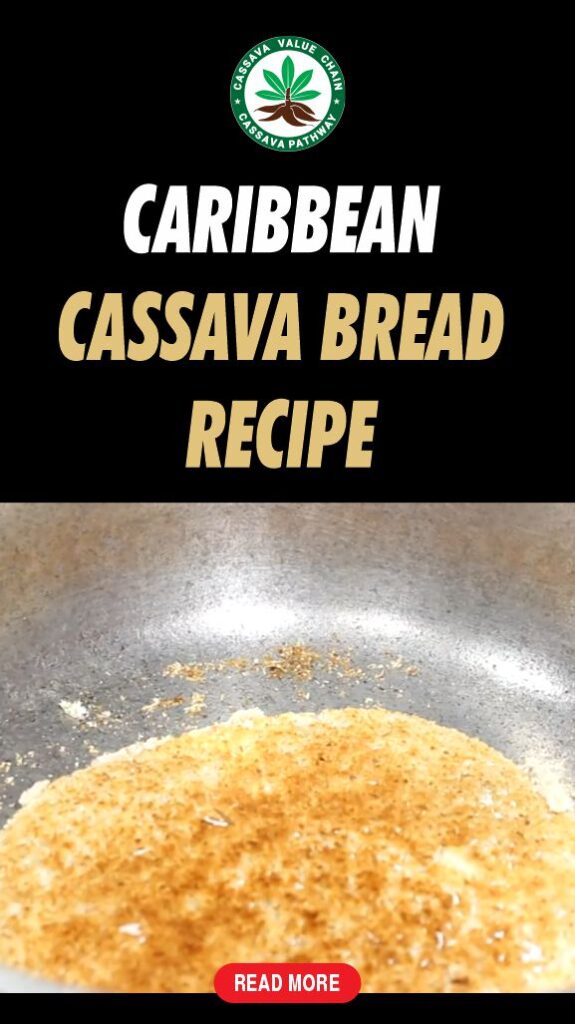
Table of Contents
- Origins of Caribbean Cassava Bread
- Cassava Bread Recipe Caribbean
- Nutritional Value and Health Benefits
- Caribbean Cassava Bread in Modern Cuisine
- Economic and Agricultural Impact
- Video of How to Make Kasava Ayisien
- Conclusion
Origins of Caribbean Cassava Bread
Cassava bread dates back to the indigenous Taíno people, who lived in the Caribbean long before European colonization.
They used cassava root tuber to make a durable flatbread that could be stored for long periods.
This method of preparation has survived for generations, becoming a staple in islands such as Jamaica, Dominica, Saint Vincent, and Trinidad and Tobago.
In many Caribbean households, cassava bread is still handmade using traditional methods.
It is a common sight in markets, where vendors sell large, crisp rounds that can be eaten alone or with spreads like peanut butter, cheese, or honey.
Related: How to Make Dominican Cassava Bread
Cassava Bread Recipe Caribbean
Ingredients
To make authentic cassava bread, you need just a few ingredients:
- Fresh cassava roots: 3 to 4 large roots
- Water (for washing and processing)
- Salt (optional, for added flavor)
- Grated coconut or ground peanuts (optional, for variations)
Equipment Required
- Grater or food processor
- Cheesecloth or clean towel for straining
- Large mixing bowl
- A heavy object for pressing
- Flat griddle, iron pan, or baking stone
Step-by-Step Preparation
- Peel and Wash the Cassava: Cassava has a thick outer skin that needs to be removed before cooking. Cut off the ends, then slice through the skin lengthwise. Peel it off and discard. Wash the cassava under running water to remove dirt and residue.
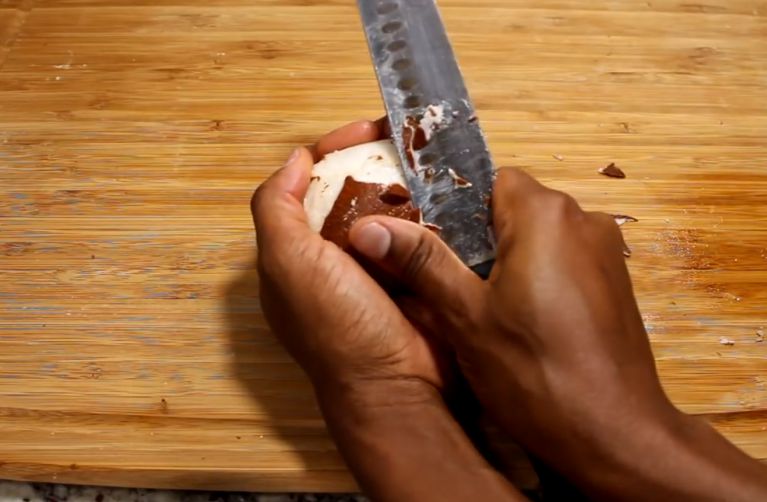
- Grate the Cassava into a Pulp: Once peeled, cut the cassava into smaller pieces. Use a grater or food processor to grind it into a fine pulp. This process breaks down the fibers and prepares the cassava for straining.
- Strain and Remove Excess Liquid: Cassava contains natural toxins that must be removed before eating. Place the grated cassava in a cheesecloth or clean kitchen towel. Twist and squeeze to remove as much liquid as possible. To extract more moisture, place a heavy object like a stone or bowl of water on top and let it sit for 30 minutes.
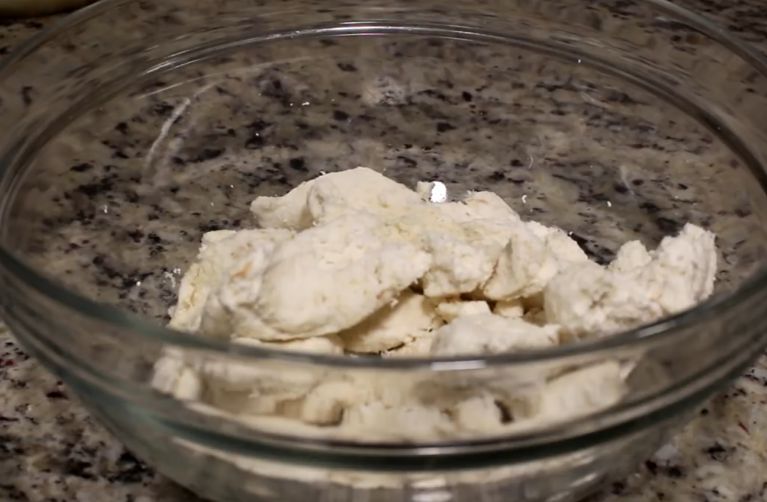
- Dry the Cassava Pulp: Once drained, spread the cassava pulp on a tray or clean cloth. Let it air dry for a few hours. If you live in a humid area, place it in a warm oven at low heat for about 30 minutes. The goal is to get a crumbly, flour-like texture.
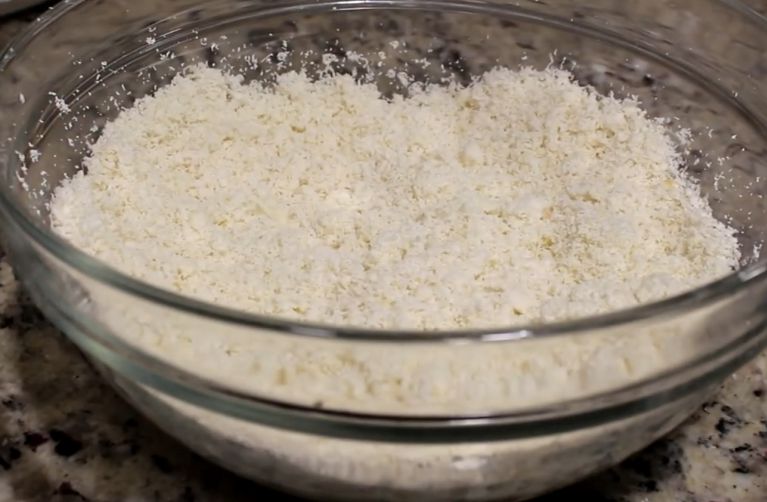
- Shape and Cook the Bread: Heat a flat griddle, iron pan, or baking stone over medium heat. Take a handful of dried cassava and spread it evenly into a thin, round shape. Use your hands or the back of a spoon to press it down. Let it cook for 5 to 7 minutes until firm and slightly golden. Flip and cook the other side.
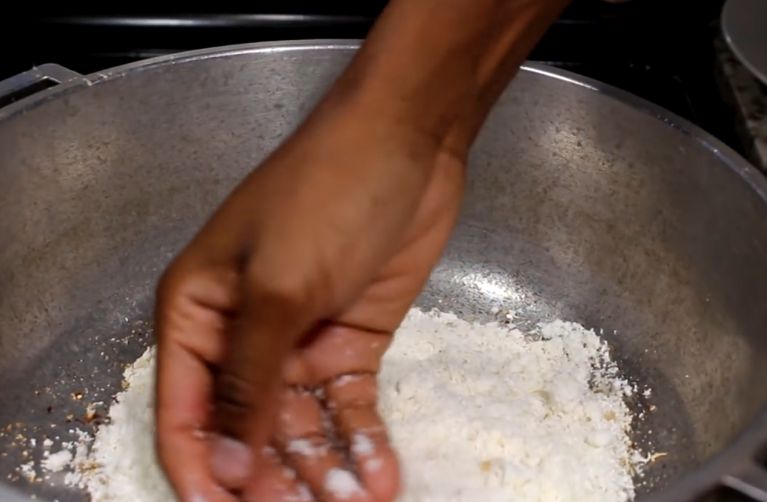
- Optional Flavor Additions: To give your cassava bread more taste, mix shredded coconut, ground peanuts, sugar, or salt into the pulp before cooking. This step adds a sweet or nutty flavor, depending on your choice.
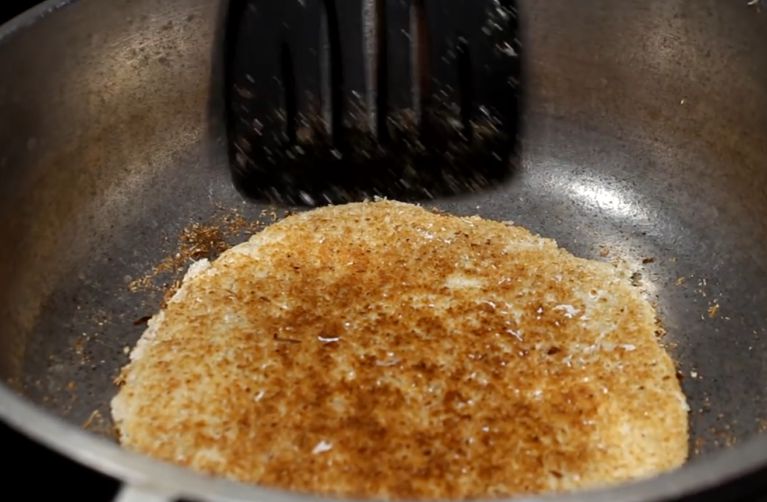
How to Eat and Store Caribbean Cassava Bread
Cassava bread is best enjoyed fresh, but it can be stored for weeks in a cool, dry place. Some popular ways to eat it include:
- With cheese: Adds a savory contrast.
- With peanut butter: A filling and protein-rich snack.
- With honey or jam: A sweet twist on the traditional bread.
- With soups or stews: Perfect for dipping.
Storing and Preserving
Cassava bread lasts for weeks when stored in a dry place. Keep it in an airtight container to maintain its crisp texture.
You don’t need to refrigerate it, but if you want to keep it longer, store it in a cool, dry place.
Related: How to Make Guyana Tapioca Bread
Nutritional Value and Health Benefits
Cassava bread is a good source of carbohydrates, providing energy without gluten. It contains fiber, aiding digestion, and has a low-fat content, making it a lighter alternative to wheat-based bread.
Since it is naturally grain-free, it is suitable for people with gluten intolerance or celiac disease.
However, because cassava is starchy, it is best consumed in moderation as part of a balanced diet.
Caribbean Cassava Bread in Modern Cuisine
Many chefs and home cooks use cassava bread in new ways. Some restaurants serve it with gourmet spreads, while others use it as a base for creative dishes.
You can eat it plain or with toppings like:
- Peanut butter for a filling snack
- Cheese for a salty contrast
- Honey or jam for sweetness
- As a side for soups and stews
Some people break it into pieces and eat it like crackers. Try different combinations to see what you like best.
Related: Vegan Bread Made with Banana and Cassava
Economic and Agricultural Impact
Cassava farming is important to the Caribbean economy. It grows well in different soil conditions and provides income for many farmers.
People sell both raw cassava and processed products like bread and flour.
There are challenges, though. Poor infrastructure, unpredictable demand, and crop diseases affect production.
Investing in better farming and processing methods can help.
Exporting Caribbean cassava bread is another opportunity. As more people look for gluten-free options, there’s potential for international markets.
Buying locally made cassava bread supports farmers and helps keep the tradition alive.
Video of How to Make Kasava Ayisien
Conclusion
Caribbean cassava bread is a simple, time-tested food that fits into both traditional and modern diets.
It’s easy to make with just a few ingredients, and you can customize it to your taste. Whether you eat it with savory dishes or as a snack, it remains an important part of
Caribbean food culture. If you’ve never made it before, now is a great time to try.
Gather your ingredients, follow the steps, and enjoy homemade cassava bread just like people in the Caribbean have done for generations.
